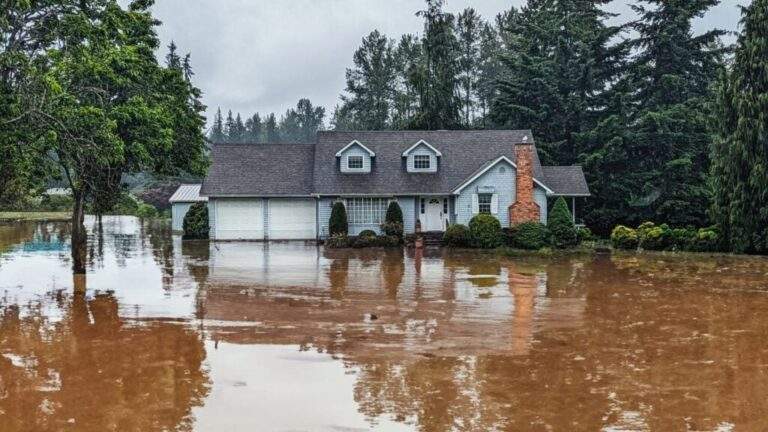A recent Redfin analysis reveals that Americans are increasingly factoring natural disaster risk into their homebuying decisions, with homes in low-risk areas appreciating in value more quickly during the past year than those in high-risk areas. This marks the first time in over a decade that such a shift has occurred.
Whether it’s refining your business model, mastering new technologies, or discovering strategies to capitalize on the next market surge, Inman Connect New York will prepare you to take bold steps forward. The Next Chapter is about to begin. Be part of it. Join us and thousands of real estate leaders Jan. 22-24, 2025.
A recent Redfin analysis reveals that Americans are increasingly factoring natural disaster risk into their homebuying decisions, with homes in low-risk areas appreciating in value more quickly during the past year than those in high-risk areas.
This marks the first time in over a decade that such a shift has occurred.
TAKE THE INMAN INTEL INDEX SURVEY FOR NOVEMBER
Redfin’s analysis, based on climate-risk data from First Street and Redfin Estimates for nearly 93 million U.S. residential properties as of June 2024, compares home values from June 2023 against pre-pandemic levels in June 2019. The analysis examines the impact of three major climate risks — heat, flood and fire — on home values.
Home values in both high- and low-risk areas have appreciated substantially from pre-pandemic levels. Properties in high-risk areas for extreme heat have risen by 62.5 percent compared to a 53.2 percent increase for low-risk homes. Similarly, homes in high-risk flood zones have climbed 60.3 percent, while low-risk properties have seen a 58.7 percent rise.
For fire risk, high-risk homes experienced a 67.8 percent appreciation, outpacing the 57.2 percent growth in low-risk areas.
However, a notable shift has emerged over the past year. Low-risk homes across all three climate risk categories — heat, flood and fire — have started gaining value faster than high-risk homes, a trend last observed in 2010.
- Homes with low risk of extreme heat have increased in value by 7 percent year over year, now totaling $17.7 trillion, while those with high risk have risen 6.3 percent, reaching $29.7 trillion.
- Homes at low flood risk have appreciated 6.7 percent year over year to $40.2 trillion, compared to a 6 percent increase for high-flood-risk homes, now valued at $7.2 trillion.
- Homes with low fire risk have seen a 6.6 percent increase in value year over year, totaling $39 trillion, while those facing high fire risk have risen 6.4 percent to $8.4 trillion.
Currently, 58 million U.S. homes are at high risk for extreme heat, 15 million face high fire risk and 13 million face high flood risk, with some properties exposed to multiple risks.
Elijah de la Campa
Redfin’s Senior Economist Elijah de la Campa explained the trend, saying, “The fact that this is happening across risk types — and thus, across the country — is some of the best evidence we have that climate change is impacting people’s homebuying decisions.”
“With climate catastrophes becoming increasingly frequent and calamitous, many people have decided they don’t want to live in risky areas. And with insurance costs skyrocketing, many risky areas that were once affordable have become prohibitively expensive,” he continued.
“The reality of climate change is setting in and it’s causing a reckoning; people are putting disaster risk higher on their list of considerations when looking for a home.”
In California, areas at high risk for wildfires experienced larger population outflows last year, a reversal from the prior year, according to Redfin’s report. Additionally, a recent Redfin survey found that 32 percent of young adults reconsidered their future living plans after seeing the effects of Hurricane Helene.
Florida and Texas, regions highly susceptible to natural disasters, have seen some of the slowest home value growth in the U.S. during the past year, contributing to the faster appreciation of low-risk properties. This slowed growth is likely due to the combined effect of climate risks, rising insurance costs and higher property taxes.





